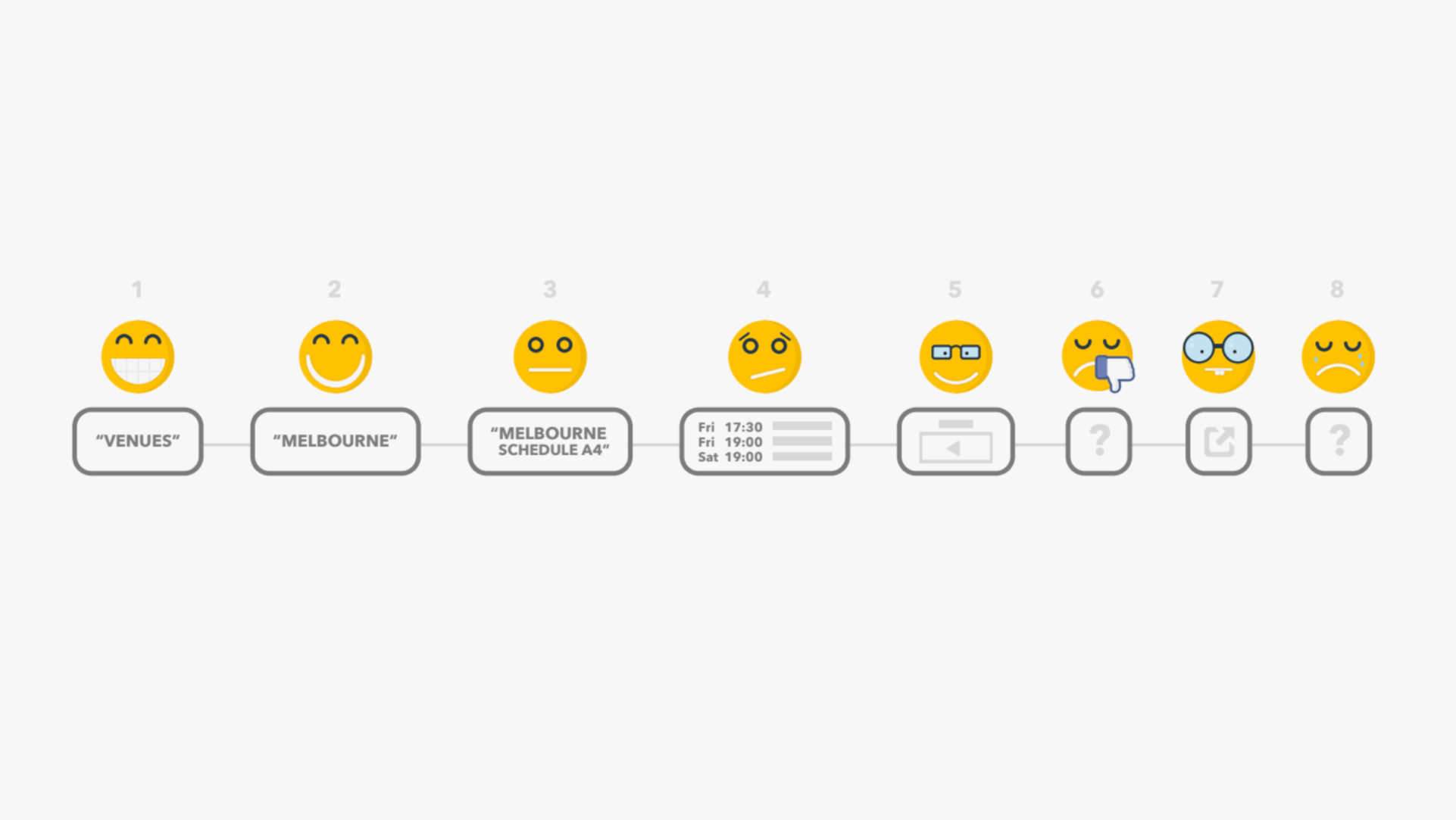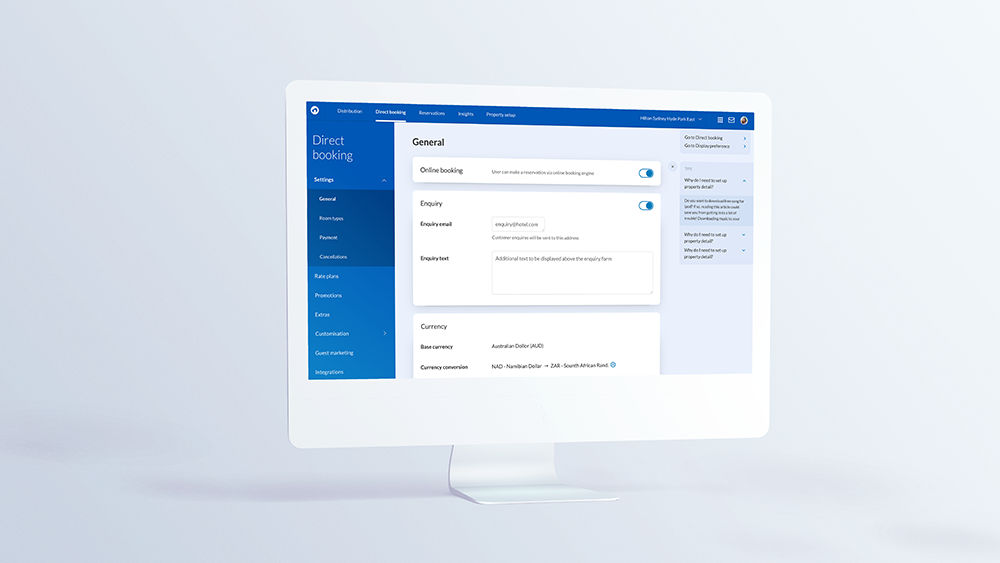In a study I once read, a hungry bonobo opened a gate to share prized treats with another bonobo. This act of giving surprised researchers. "The idea that you would give something to someone else at a cost to yourself, we thought this was something only humans would do."
The number of adult volunteers almost doubled from 3.2 million in 1995 to 6.1 million in 2010. Yet, the median number of hours per volunteer had reduced by almost a quarter from 74 hours per year in 1995 to 56 hours per year in 2010.
The problem I suspect – people who want to volunteer find it difficult to prioritise their time.
The process
I conducted interviews with people who volunteered in the past and those who wished to volunteer in the future. I did a competitive analysis on apps encouraging a positive social impact to discover what made these apps successful. I collated my findings and noted down the opportunities.
The users
The target users are professionals working full time and have the desire to volunteer. These users are ideally tech-savvy. They often spend their time on social media and enjoy keeping up to date with news driven by social impact.
The discovery
In an era of instant gratification the amount of knowledge we're exposed to through our hand-held devices is formidable. We found the biggest pain point for potential volunteers – searching for the right cause to commit their time to.
The main key findings revolved around three things; time, trust and valuable.
1. Users didn't have the time to look for the right causes – they wanted the right opportunity to come to them. The process of finding volunteer opportunities were "too hard" or "tedious."
2. Users needed a reliable source of information. They needed to trust that the help was going to go to a creditable cause.
3. Users wanted to provide value to the cause and witness the help they were offering bring change to people directly effected.
The design
The "Bonobo" app was born. It aims to cater to those who are time poor but have a willingness to give back to the community.
Users have the ability to keep an eye out on volunteer opportunities with organisations they care about. They follow organisations and are notified of opportunities within their area.
They are asked to create a profile listing their interests, skillsets and causes of significance. They keep informed by news or social media updates in their feed.
The user interface depicted trustworthiness, fun but at the same time concise and informative.
The Outcome
Bonobo is a side project from a course I did at General Assembly. I wanted to harness the use of the digital realm in relation to the social good industry. There are a few great initiatives out there but none of which focus on pairing people with the right type of volunteer work.
Learnings
Creating a positive societal impact is what I wish to do through the use of technology and people. When I revisit this project, I will consider a research method to help reinforce the app's MVP.
I'd like to conduct further research to find out how organisations can keep users informed and how often volunteer options come up.
In my next iteration, I'd like to add a "gamification" feel. This will encourage users to look for volunteer work through a tap of a button and offer them rewards.
I hope to encourage more random acts of kindness and bring joy to peoples lives through the act of giving.

